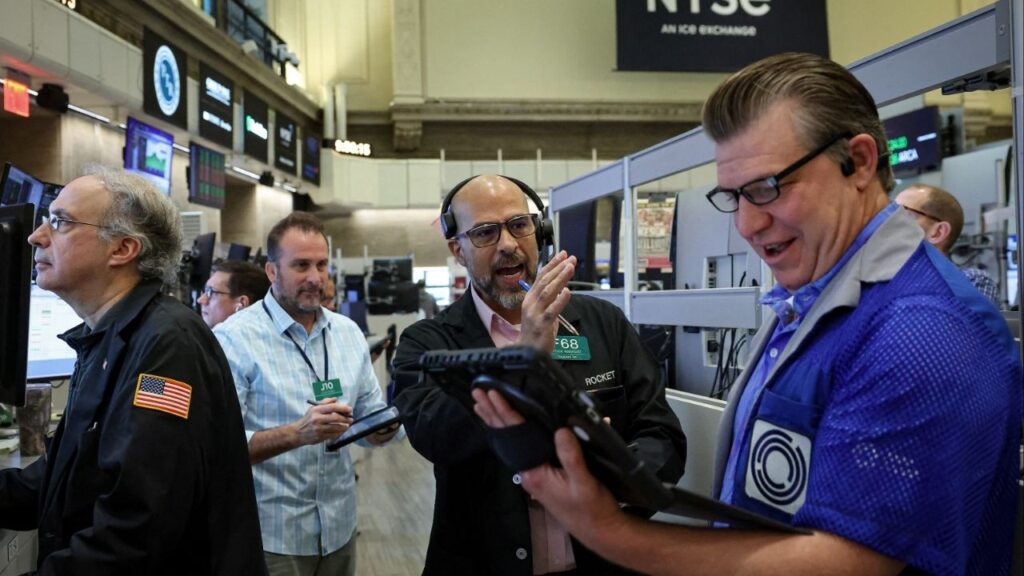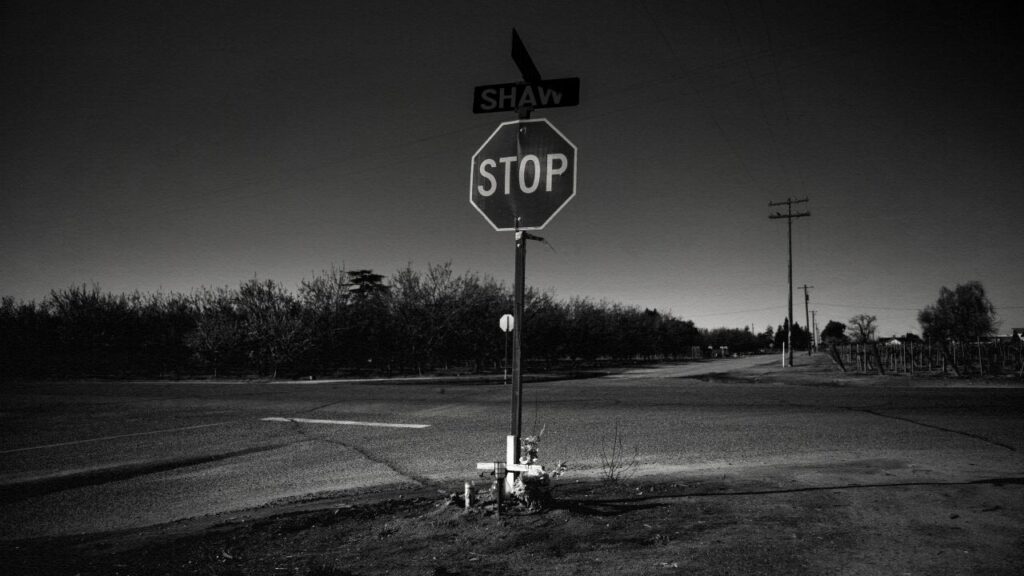Share
As one of the most challenging years we have faced in recent history is ushered out, we enter 2021 with trepidation and hope.
Amid the darkest moments of the COVID-19 pandemic, there is light at the end of the tunnel, with new vaccines arriving and a renewed sense of purpose about how to make the country safe again.

By Linda Darling-Hammond
Special to CalMatters
As solutions for addressing the virus come into view, we must also figure out how to keep solving for learning: how to maximize opportunities to learn for all our children and youth as we work to get everyone vaccinated.
With new evidence about how schools can be open safely – and new resources to ensure that this can be done – we can start planning in the New Year to bring many students back to school in-person in careful stages and with supports that enable success.
Throughout this pandemic, Gov. Gavin Newsom and the Legislature have supported our schools with guidance, personal protective equipment and resources to support distance learning. Our investments have prioritized equity and the most vulnerable Californians. We worked hard to provide quality distance learning and devices to students in need.
California has certainly made great strides in distance learning, and this option will remain for parents and students who choose it and for those whose health status does not allow them to return to school soon. Yet despite significant training that has helped teachers develop new instructional skills, remote learning is still challenging for many children and their caregivers, especially the youngest students, those with special needs and those dealing with family challenges due to the pandemic. Schools provide supports to children in all these situations, especially when they are open in person.
In order to continue to solve for learning for all these groups, Newsom has proposed new measures to support schools in safely bringing back the youngest children and those who are most vulnerable starting in late January and early February, then phasing in other grade levels through March.
To provide resources that schools need, the governor will continue to partner with the Legislature to secure $2 billion in early action state funds that schools can use for staff and student testing, PPE, ventilation improvements and other health and safety measures.
These investments, coupled with other pillars of the governor’s plan – safety and mitigation, oversight and assistance, and transparency and accountability – will keep school communities safe as workplaces for teachers and as learning environments for students.
Our Safety Measures Should Be Coupled With New Ideas
Our strategy reflects mounting evidence, recently summarized by Harvard and Brown researchers, demonstrating that schools can safely remain open, even in conditions of wide community spread, and protect students and educators alike.
Our own experience in California bears this out. For example, among the more than 39,000 students and 5,000 staff back to school in Marin County this fall, there were only five cases of suspected in-school transmission. Other districts have reported similar results. A study released by the Centers for Disease Control and Prevention noted that children who attended school did not experience increased rates of infection from COVID-19, while those who attended family gatherings and other kinds of social events did.
Our safety measures should be coupled with new ideas about how and when we can best educate our children. We need not be constrained by the traditional concept of the school year and should instead consider how to add learning time this summer and year-round. In the coming months, educators can build on what they have learned during the pandemic and make plans to tackle learning loss with effective interventions, along with teaching and tutoring models that can help students make gains quickly.
We can and must meet the remaining challenges with urgency, determination and creativity to provide the benefits of safe in-person learning to as many students as possible.
We all know that, in a classroom of peers led by an expert teacher, students learn not only critical academic content and skills. They also learn to listen, to share, to wait their turn, to encourage others and to allow others to encourage them. They learn to focus despite distractions. They learn that everyone makes mistakes, and that it’s OK to struggle with a difficult task – and to ask for help while doing it. They gain the confidence to take risks with their learning and to persist despite difficulty. And they begin to learn skills like self-awareness, social awareness, self-management and responsible decision-making that will carry them through life.
Our creative and committed teachers have been doing as much of this as possible online, often while working overtime to educate their own children at home as well. Now it’s time to boost our support for their efforts with resources for getting and keeping schools open safely, so that we can, as a state, continue to solve for learning together.
About the Author
Linda Darling-Hammond is president of the California State Board of Education, californiasbepresident@gmail.com. She is the Charles E. Ducommun Professor of Education Emeritus at Stanford University.
She wrote this for CalMatters, a public interest journalism venture committed to explaining how California’s Capitol works and why it matters.
RELATED TOPICS:
Categories

Paramount Says Money Is No Object. Warner Bros. Isn’t Convinced.


















